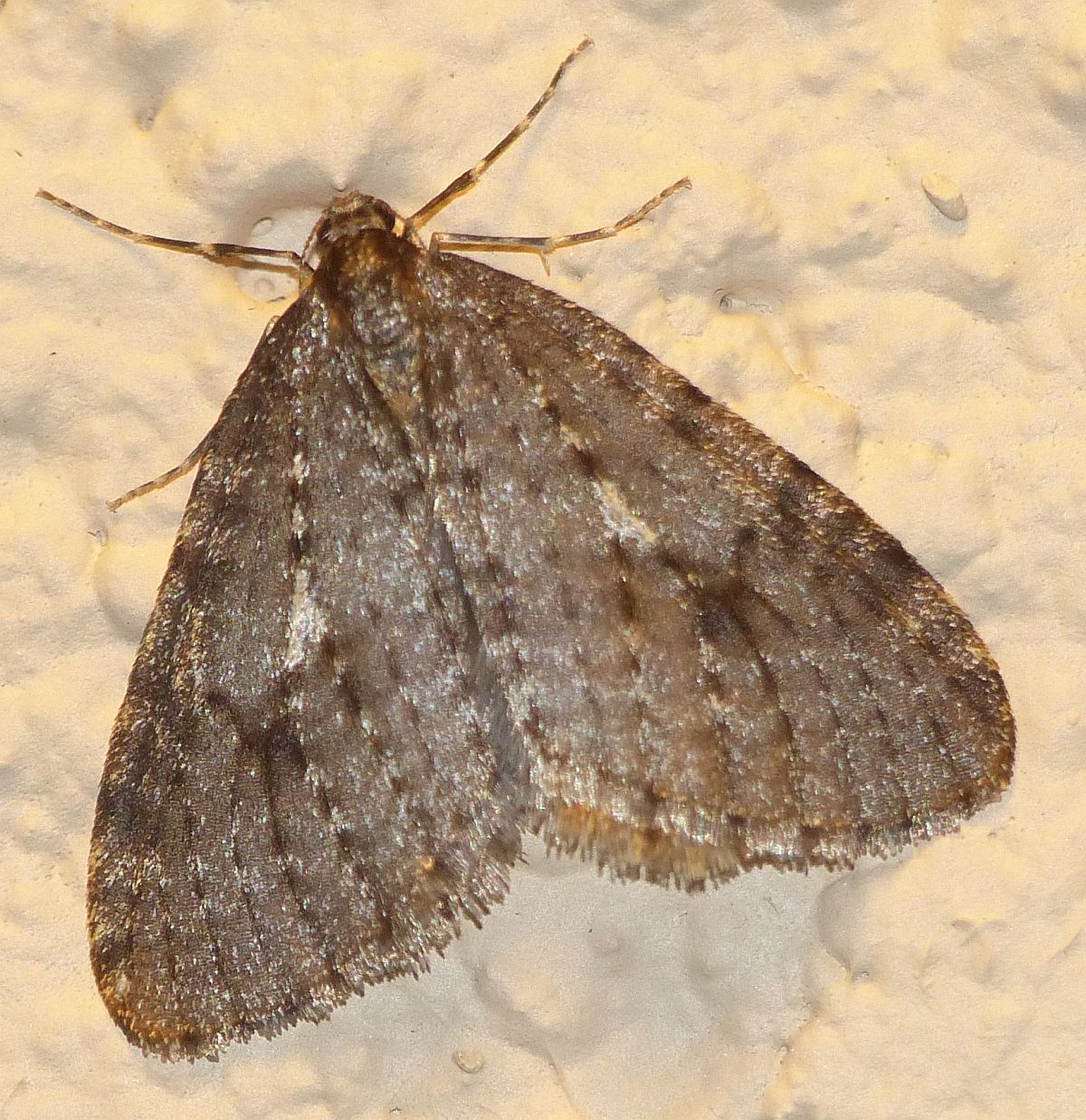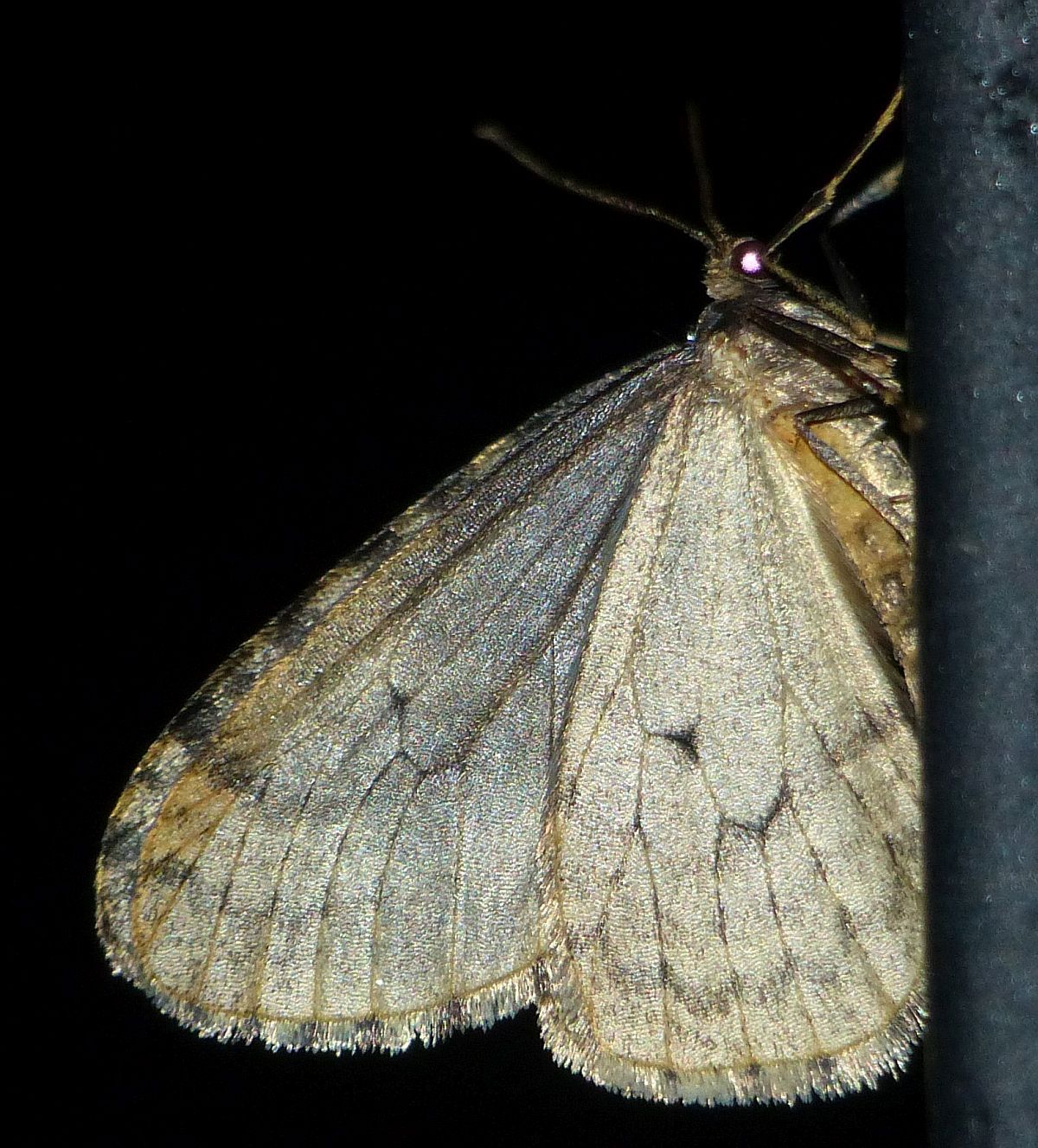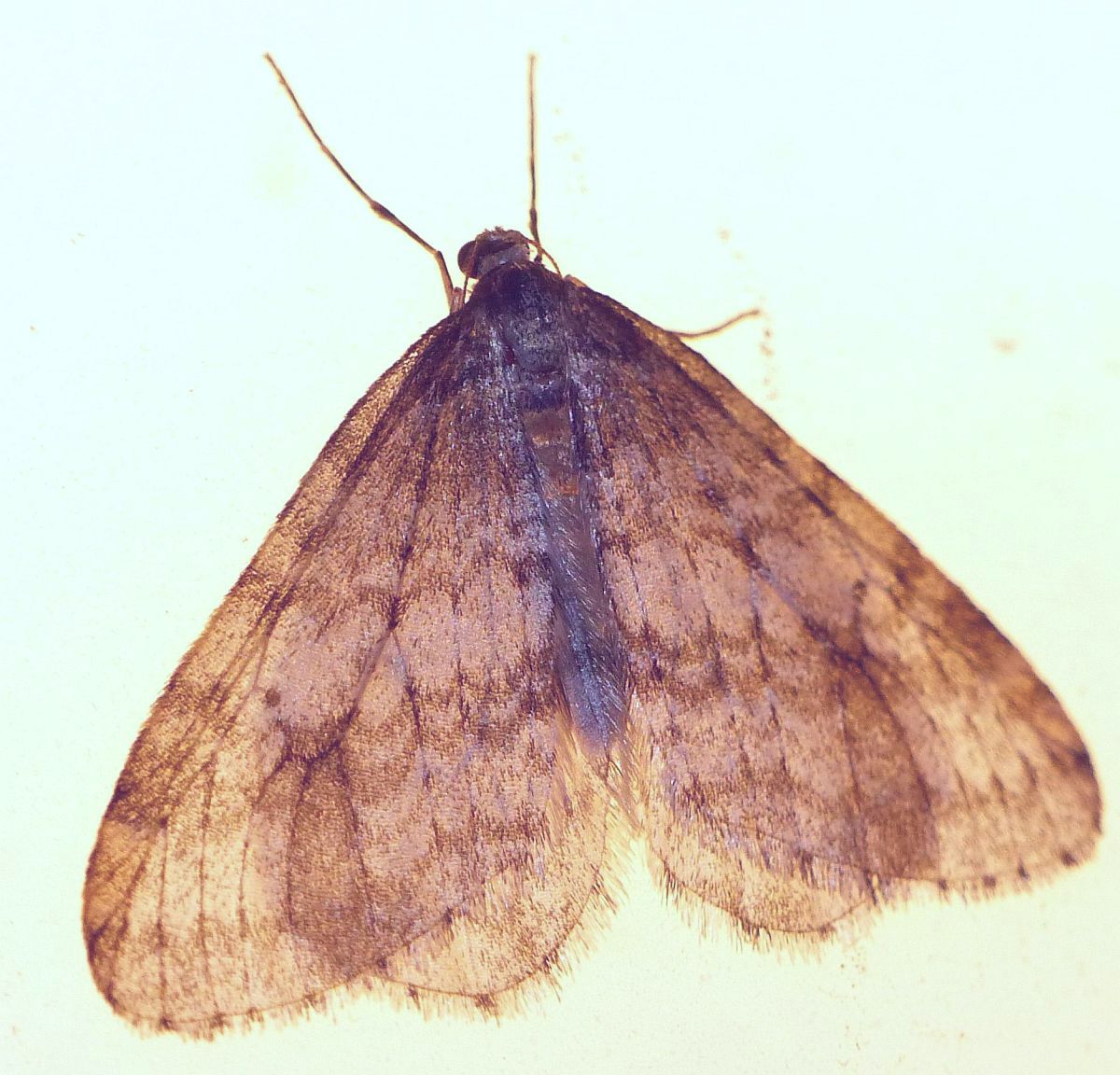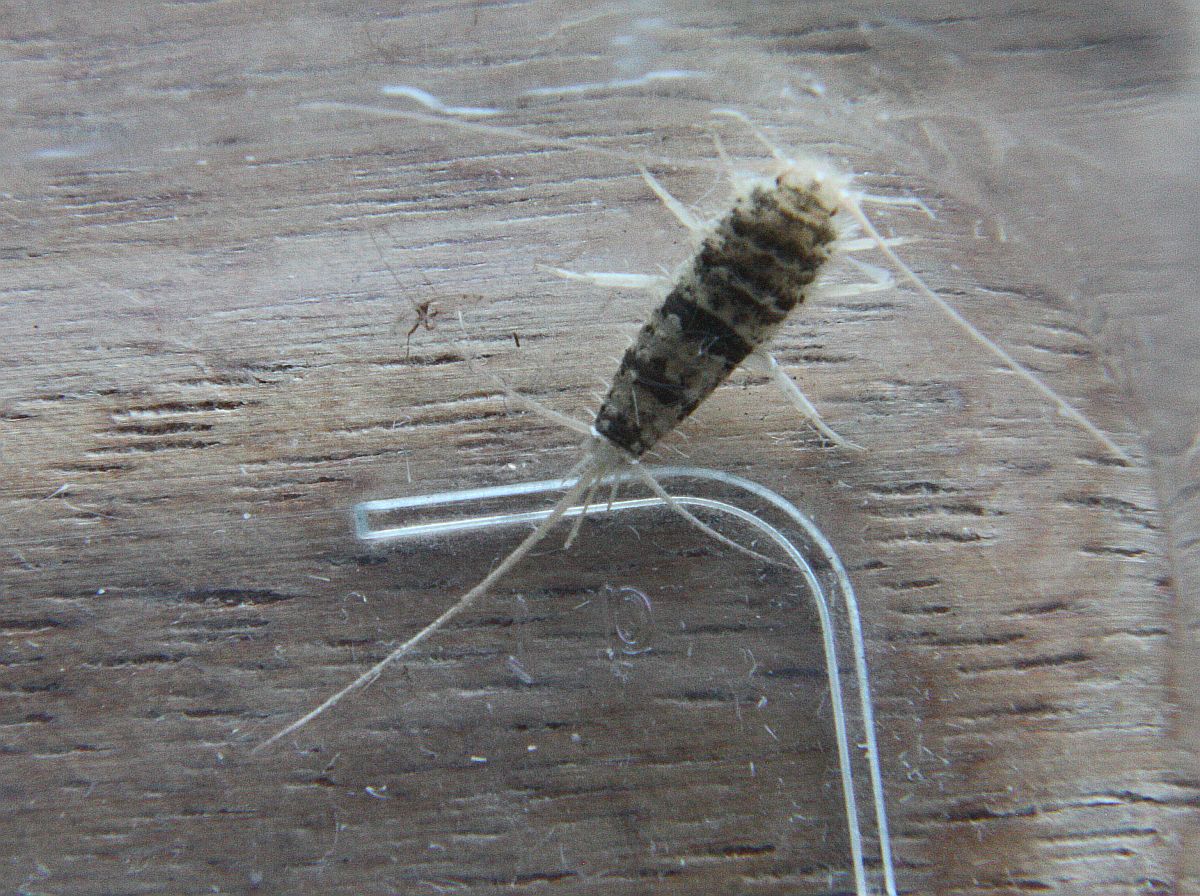2018 December 27
Jeremy Tatum writes:
Winter Moths: Wanted: Best quality photographs of good-condition winter moths, male or female.
Winter moths (Operophtera sp), like so many other insects, are in a state of taxonomic flux. At present it seems that there are four named species in North America:
O. brumata European Winter Moth
O. bruceata Bruce’s Winter Moth
O. occidentalis Western Winter Moth
O. danbyi Danby’s Winter Moth
plus a possible new species in the Santa Catalina Mountains.
There are additional species in Europe (e.g. O. fagata) not (yet?) seen in North America.
I believe that, in urban and suburban Victoria and the immediate vicinity, almost all of the winter moths are the European Winter Moth O. brumata.
However, in the surrounding countryside, for example Metchosin and Goldstream Park, in addition to brumata, there is another species, which I have hitherto called bruceata. It seems, however, that the eastern and western populations of our common native winter moths are best treated as two separate species. True bruceata is a species of eastern North America. The one we get here should be called O. occidentalis. It may be a while (if at all!) before I can get round to relabellng all “bruceata” photographs on Invert Alert as occidentalis.
We have two photographs in Invert Alert so far of O. danby, a relatively uncommon species, which is distinct enough from the others that its identification may be relatively easy. The two danbyi photographs were both from Goldstream Park – one by myself (Invert Alert 2012 December 8) and one by Bill Katz (2018 January 17).
In the meantime, this morning I went to the Goldsream Park Nature House, where there were hundreds of winter moths around the lights. I believe both species were there. Unfortunately, all were males – the females evidently can’t reach the walls of the Nature House. I took four photographs of males, all of which I believe to be occidentalis, before the camera battery ran out. (Isn’t it difficult to get good photographs! So many things to go wrong!)
Then, when I got back to the office, I found that Jochen Möhr had sent two photographs from Metchosin – one of occidentalis and one of brumata.

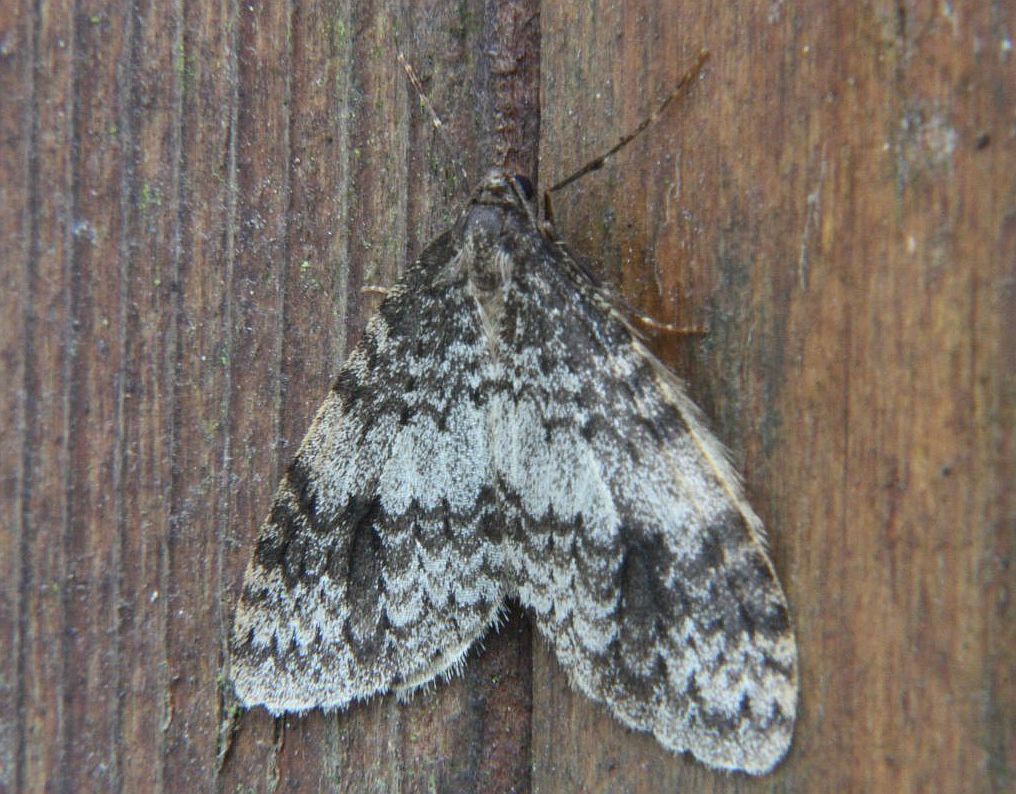
Western Winter Moth Operophtera occidentalis (Lep.: Geometridae) Jeremy Tatum

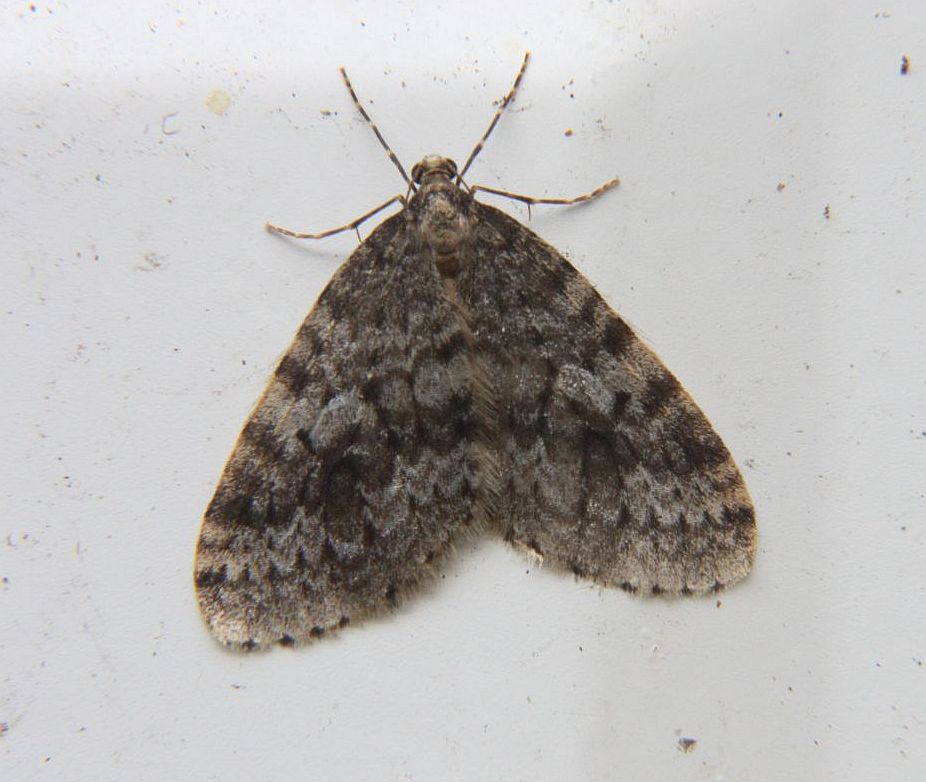
Western Winter Moth Operophtera occidentalis (Lep.: Geometridae) Jeremy Tatum

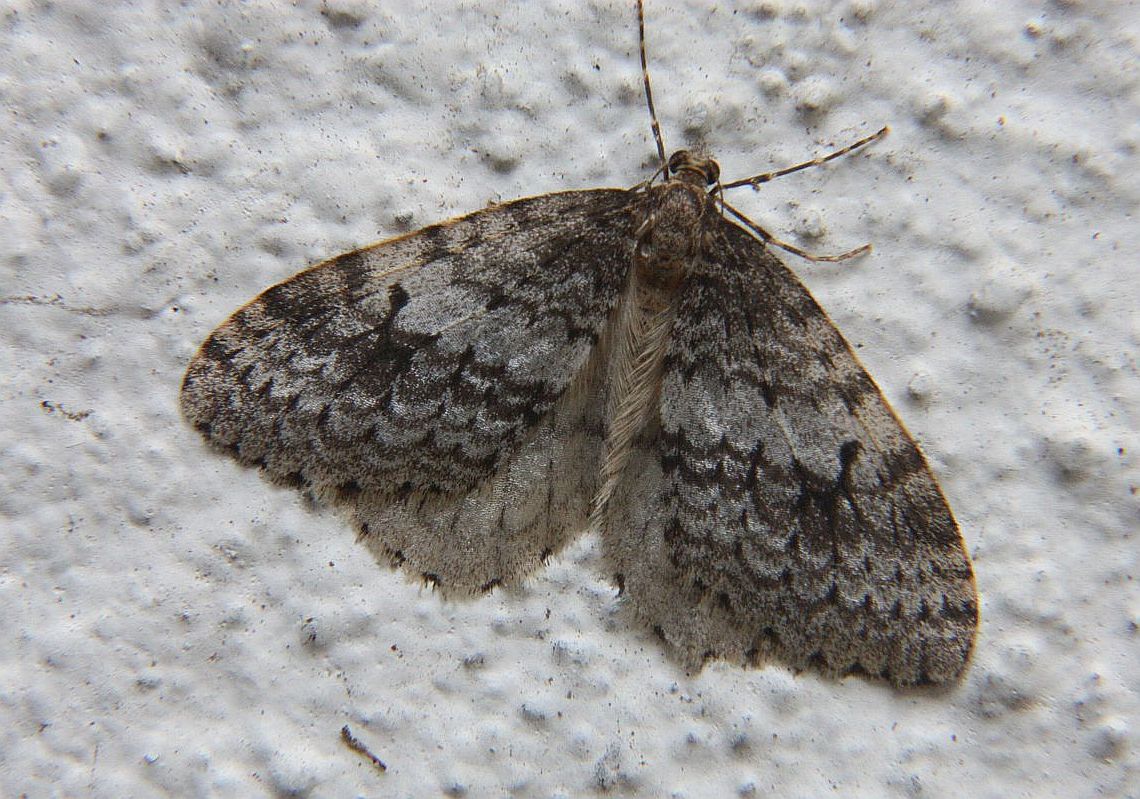
Western Winter Moth Operophtera occidentalis (Lep.: Geometridae) Jeremy Tatum

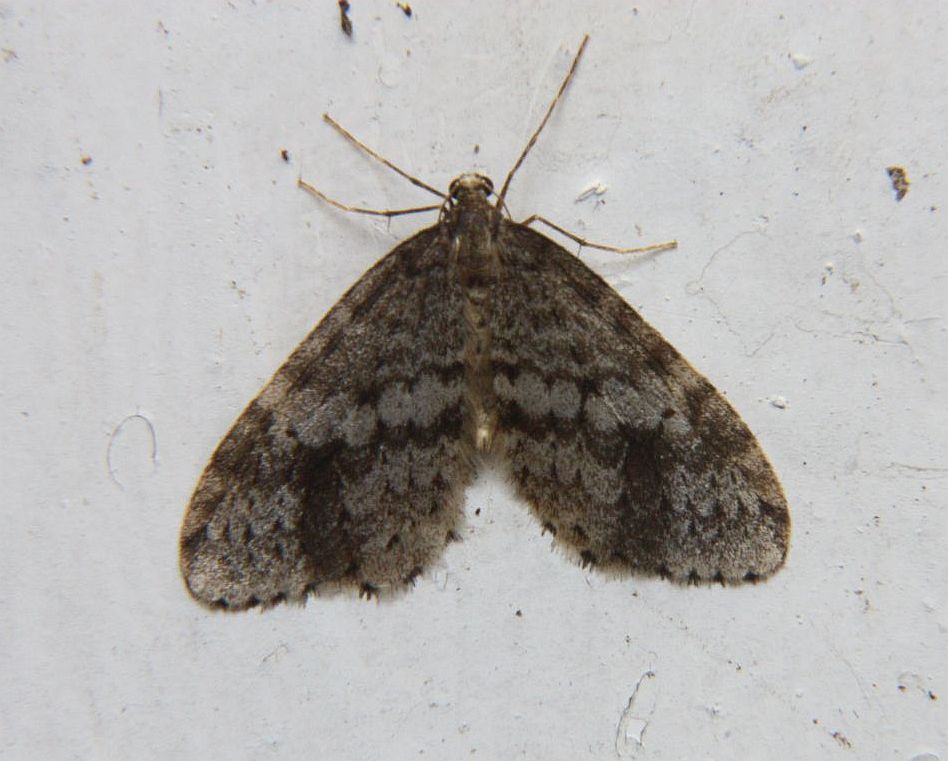
Western Winter Moth Operophtera occidentalis (Lep.: Geometridae) Jeremy Tatum

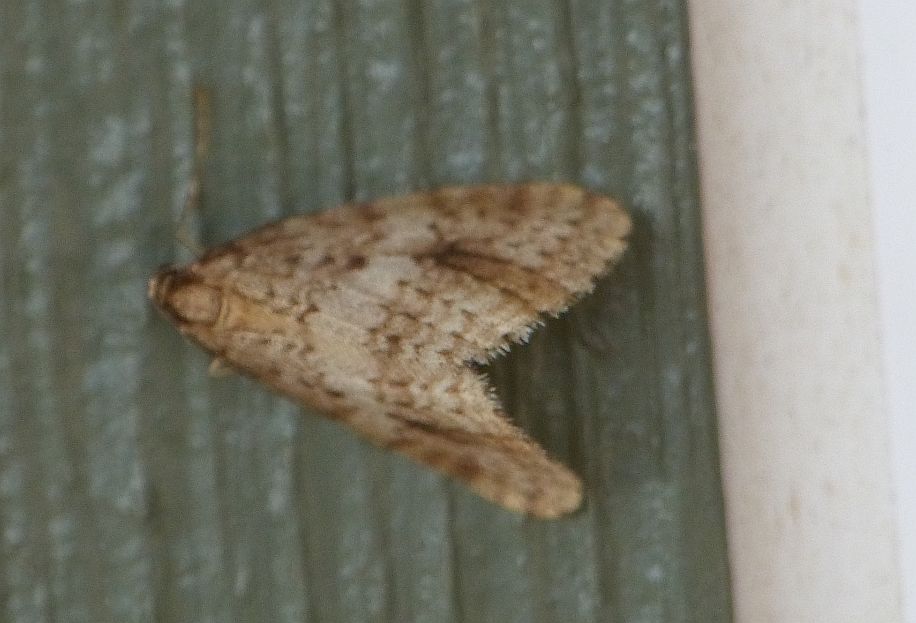
Western Winter Moth Operophtera occidentalis (Lep.: Geometridae) Jochen Möhr

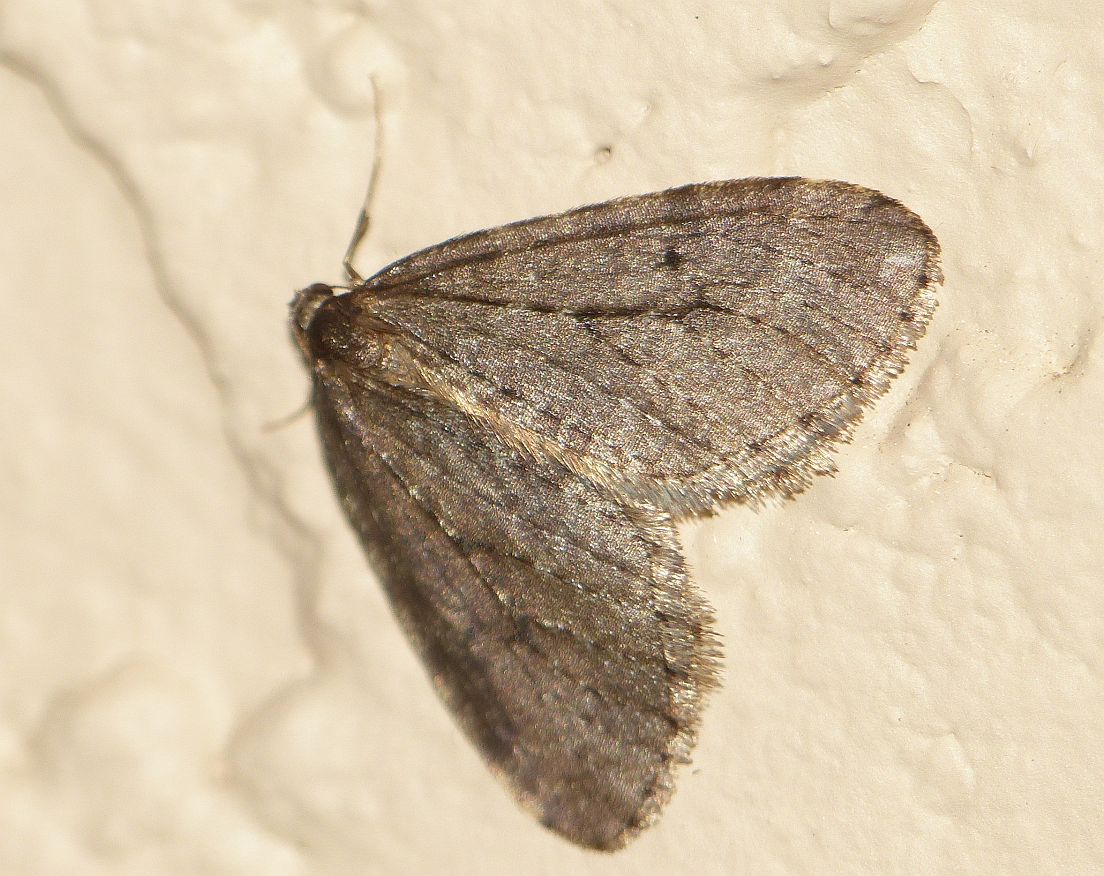
European Winter Moth Operophtera brumata (Lep.: Geometridae) Jochen Möhr


